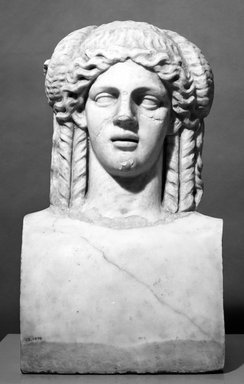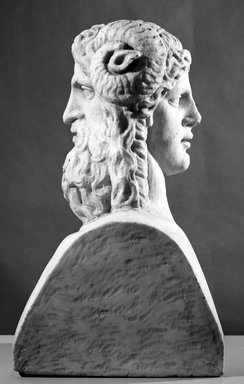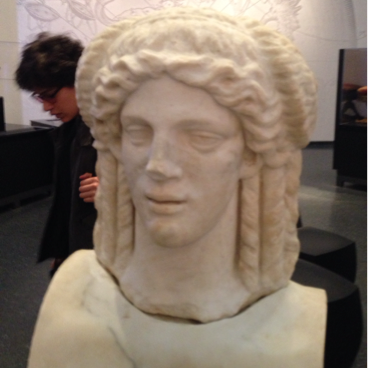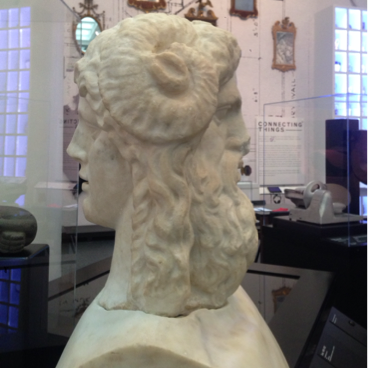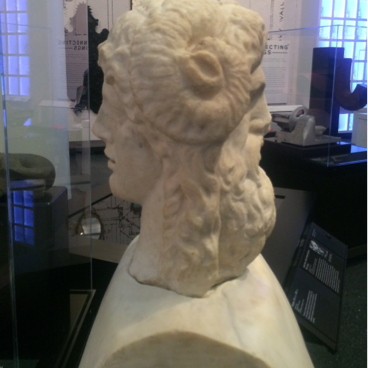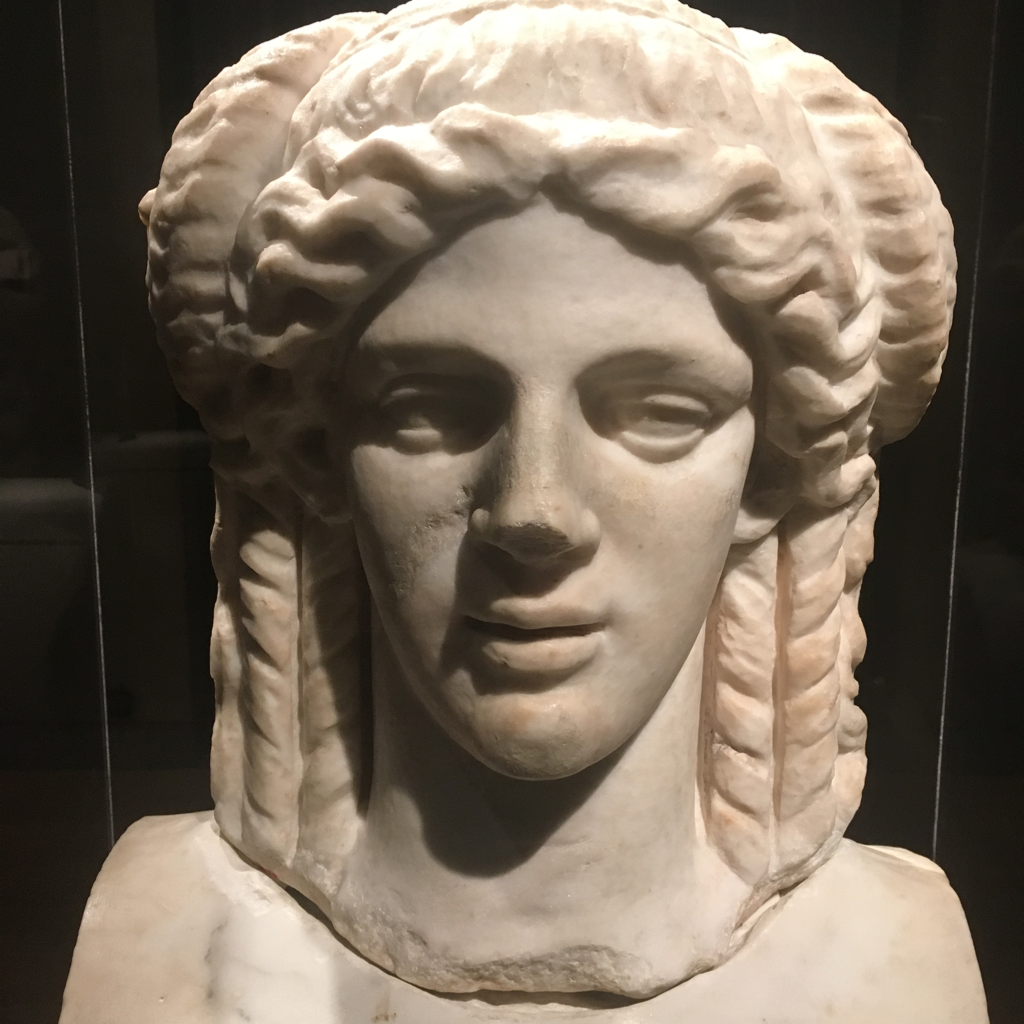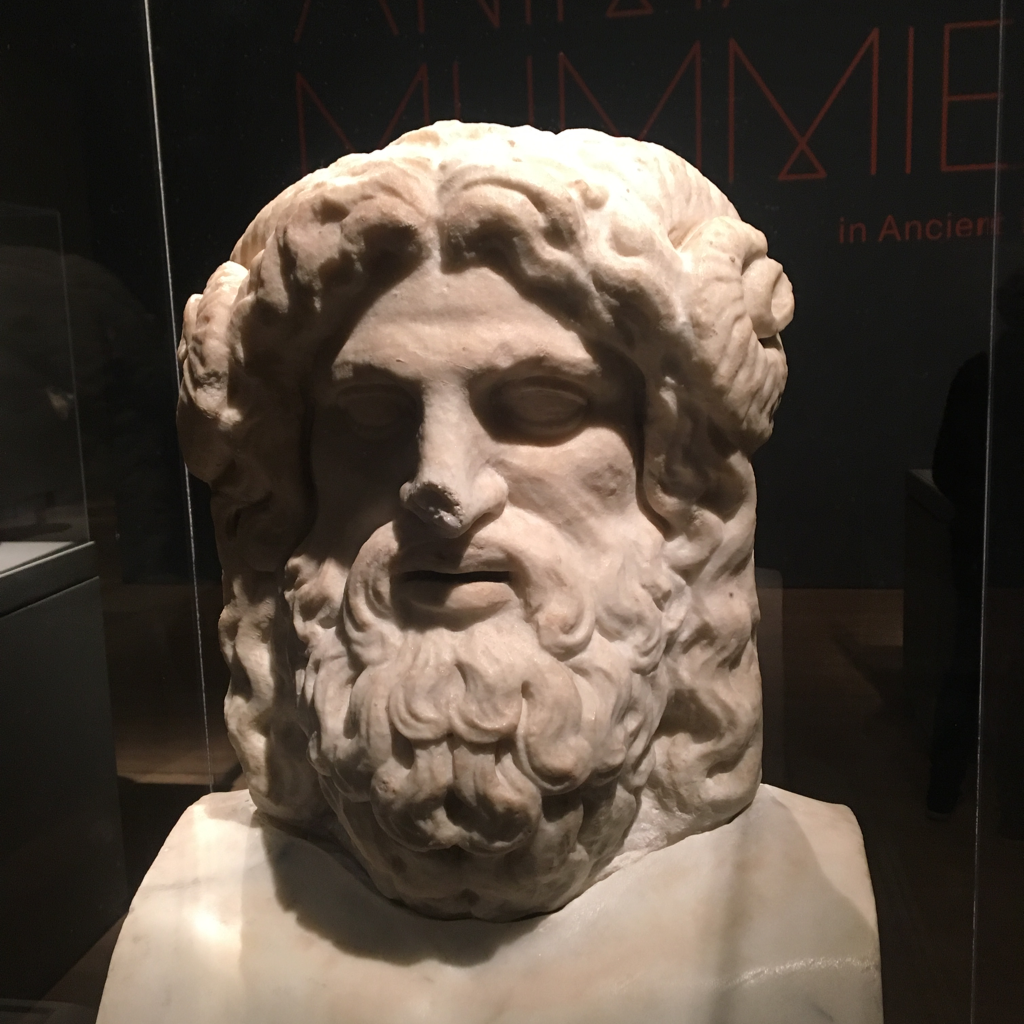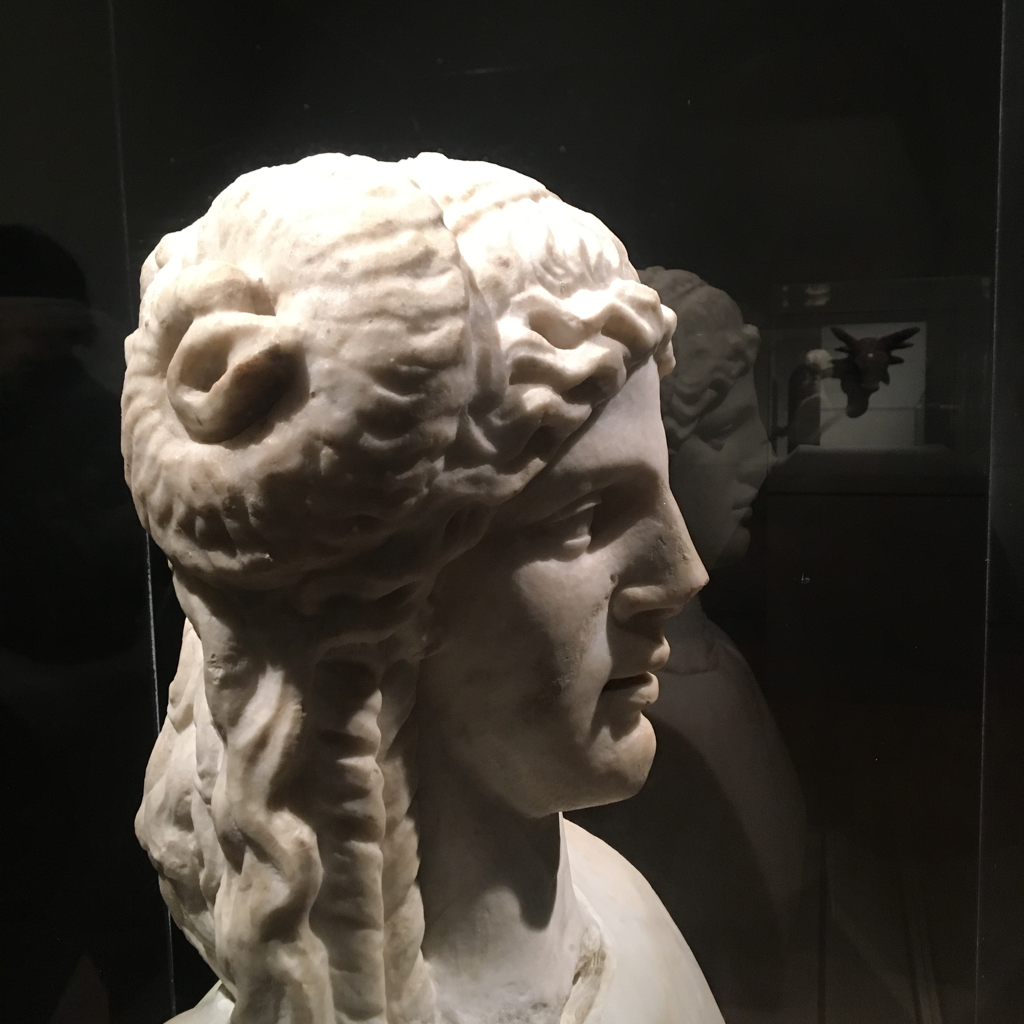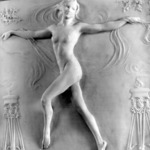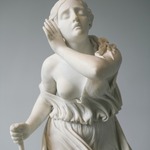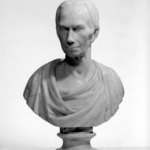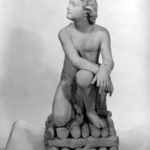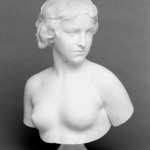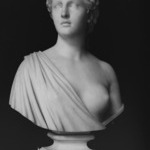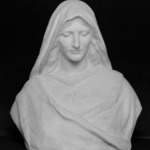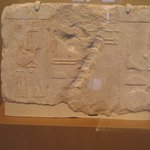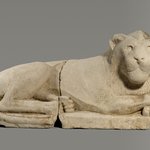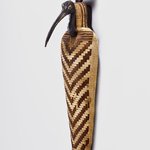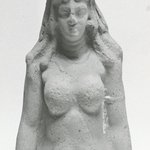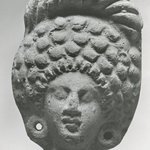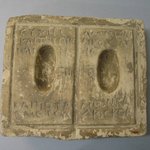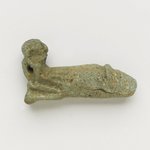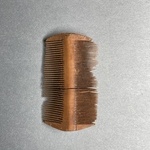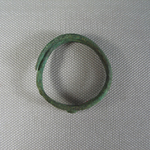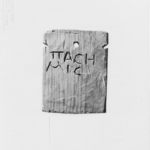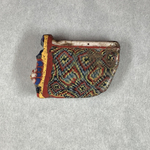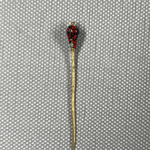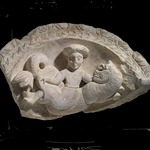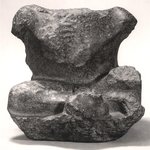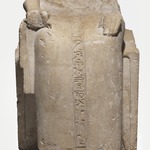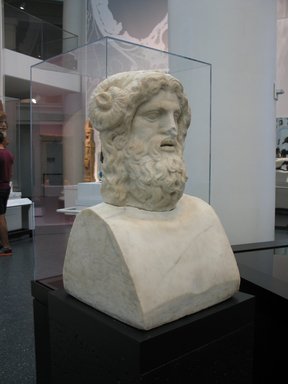

Serapis, 30 B.C.E.–395 C.E. Marble, 25 x 14 1/2 x 14 1/2 in., 260.5 lb. (63.5 x 36.8 x 36.8 cm, 118.16kg). Brooklyn Museum, Gift of Robert B. Woodward, 13.1070. Creative Commons-BY (Photo: Brooklyn Museum, CUR.13.1070_connectingcultures_2015.jpg)
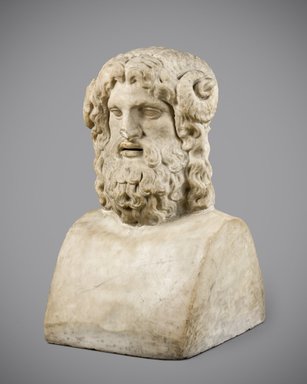
Serapis, 30 B.C.E.–395 C.E. Marble, 25 x 14 1/2 x 14 1/2 in., 260.5 lb. (63.5 x 36.8 x 36.8 cm, 118.16kg). Brooklyn Museum, Gift of Robert B. Woodward, 13.1070. Creative Commons-BY (Photo: Brooklyn Museum (Gavin Ashworth,er), 13.1070_threequarter_Gavin_Ashworth_photograph.jpg)
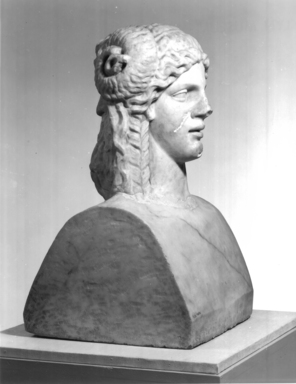
Serapis, 30 B.C.E.–395 C.E. Marble, 25 x 14 1/2 x 14 1/2 in., 260.5 lb. (63.5 x 36.8 x 36.8 cm, 118.16kg). Brooklyn Museum, Gift of Robert B. Woodward, 13.1070. Creative Commons-BY (Photo: , CUR.13.1070_NegE_print_bw.JPG)

Serapis, 30 B.C.E.–395 C.E. Marble, 25 x 14 1/2 x 14 1/2 in., 260.5 lb. (63.5 x 36.8 x 36.8 cm, 118.16kg). Brooklyn Museum, Gift of Robert B. Woodward, 13.1070. Creative Commons-BY (Photo: Brooklyn Museum, 13.1070_NegA_bw_SL4.jpg)
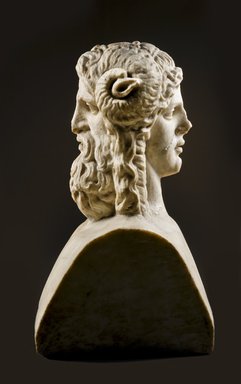
Serapis, 30 B.C.E.–395 C.E. Marble, 25 x 14 1/2 x 14 1/2 in., 260.5 lb. (63.5 x 36.8 x 36.8 cm, 118.16kg). Brooklyn Museum, Gift of Robert B. Woodward, 13.1070. Creative Commons-BY (Photo: Brooklyn Museum (Gavin Ashworth,er), 13.1070_side2_Gavin_Ashworth_photograph.jpg)

Serapis, 30 B.C.E.–395 C.E. Marble, 25 x 14 1/2 x 14 1/2 in., 260.5 lb. (63.5 x 36.8 x 36.8 cm, 118.16kg). Brooklyn Museum, Gift of Robert B. Woodward, 13.1070. Creative Commons-BY (Photo: Brooklyn Museum (Gavin Ashworth,er), 13.1070_side1_Gavin_Ashworth_photograph.jpg)
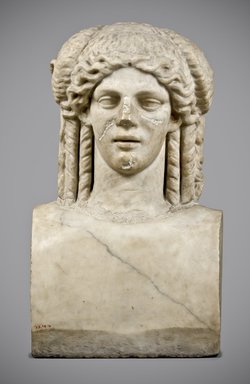
Serapis, 30 B.C.E.–395 C.E. Marble, 25 x 14 1/2 x 14 1/2 in., 260.5 lb. (63.5 x 36.8 x 36.8 cm, 118.16kg). Brooklyn Museum, Gift of Robert B. Woodward, 13.1070. Creative Commons-BY (Photo: Brooklyn Museum (Gavin Ashworth,er), 13.1070_front_Hera_Gavin_Ashworth_photograph.jpg)

Serapis, 30 B.C.E.–395 C.E. Marble, 25 x 14 1/2 x 14 1/2 in., 260.5 lb. (63.5 x 36.8 x 36.8 cm, 118.16kg). Brooklyn Museum, Gift of Robert B. Woodward, 13.1070. Creative Commons-BY (Photo: Brooklyn Museum (Gavin Ashworth,er), 13.1070_front_Serapis_Gavin_Ashworth_photograph.jpg)

Serapis, 30 B.C.E.–395 C.E. Marble, 25 x 14 1/2 x 14 1/2 in., 260.5 lb. (63.5 x 36.8 x 36.8 cm, 118.16kg). Brooklyn Museum, Gift of Robert B. Woodward, 13.1070. Creative Commons-BY (Photo: , CUR.13.1070_NegF_print_bw.JPG)

Serapis, 30 B.C.E.–395 C.E. Marble, 25 x 14 1/2 x 14 1/2 in., 260.5 lb. (63.5 x 36.8 x 36.8 cm, 118.16kg). Brooklyn Museum, Gift of Robert B. Woodward, 13.1070. Creative Commons-BY (Photo: Brooklyn Museum, 13.1070_NegD_bw_SL4.jpg)
Serapis
Egyptian, Classical, Ancient Near Eastern Art

